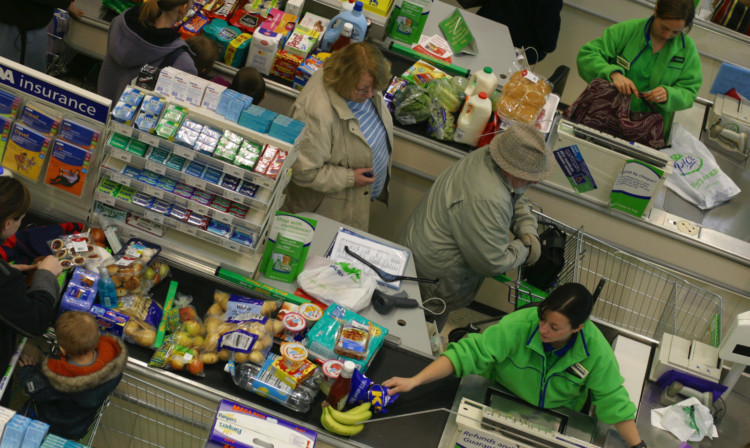
Supermarkets may have to pay millions of pounds in higher wages and back pay to female store staff if an equal pay test case is successful.
A case brought by 400 Asda employees, mainly women, could open the floodgates for higher salary and back payments among supermarket staff throughout the UK.
The legal challenge is being brought by the same employment lawyers who won a landmark £1 billion supreme court ruling for lower-paid women employed by Birmingham City Council.
It led to councils in every part of the UK paying out millions of pounds to female workers who had been paid less than men in comparable jobs.
The Asda cases, which will be heard at a Manchester employment tribunal in the next two months, will determine if the supermarket’s store staff jobs, which are mainly held by female workers, are of equal value to higher-paid jobs in the company’s male-dominated distribution centres.
If they win, workers could be entitled to six years’ back pay for the difference in earnings.
Michael Newman of Leigh Day, the firm which is representing the workers, said: “In the supermarkets check-out staff and shelf-stackers are mostly women. The people in the warehouses are pretty much all men.
“And, who would be surprised, the group that is mostly men gets paid more. We are very confident that the jobs are pretty much the same.
“In the warehouses they take stuff off the shelves, put it on a pallet and stick it on a lorry. In the supermarket, they do the reverse: take the pallets off the lorry, unstack them and put stuff on the shelves.”
The cases are possible because Asda, which employs 172,000 staff, owns and operates its own distribution warehouses.If successful other supermarkets which also own their depots may face similar claims.
Morrisons directly employs nearly three-quarters of staff in its distribution network.
Tesco says it directly employs the majority of such staff even though it leases most of its distribution centres.
Sainsbury’s refused to comment on the employment status of its distribution staff but said it owned most of the facilities they work in.
John Lewis directly employs 3,500 staff in its distribution network, the vast majority of such workers, while Marks & Spencer employs just a fifth of its staff directly.
Asda said in a statement: “We are aware of a small number of claims.
“We pay a fair market rate for the job people do regardless of gender and we don’t recognise discrimination in our business.”

Enjoy the convenience of having The Sunday Post delivered as a digital ePaper straight to your smartphone, tablet or computer.
Subscribe for only £5.49 a month and enjoy all the benefits of the printed paper as a digital replica.
Subscribe